Every Premier League Stadium Ranked From Worst to Best
Sign in to your GiveMeSport account
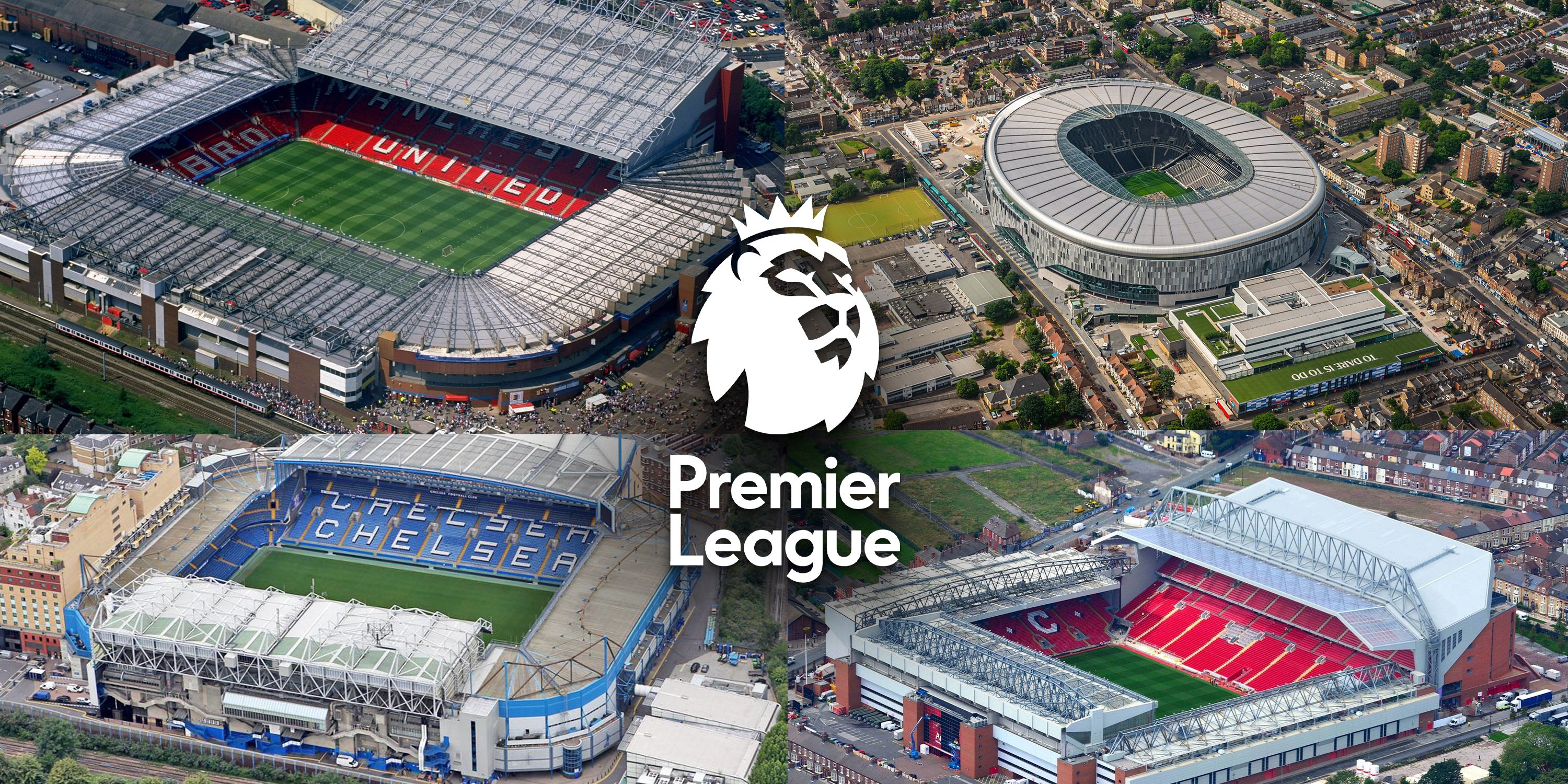
The Premier League displays some of the most iconic football stadiums on the planet each and every week. From Anfield to Old Trafford, each ground has its own unique attributes that make it feel special to the fans of each club.
It’s an incredibly difficult task to rank each stadium from best to worst due to the subjectivity of the matter. However, below is an attempt at doing just that with the following factors taken into consideration:
- History
- Longevity
- Atmosphere
- Capacity
- Design
- Construction
- Location
20 Hill Dickinson Stadium
Everton
Goodison Park will not be the home of the blue team in Merseyside for much longer, with the Hill Dickinson Stadium being named as the club’s new stadium from the 2025/26 campaign going forward. While fortunes on the pitch haven’t been incredible in the past decade, the Toffees are backed aggressively by their long-standing fan base and that’ll continue to be the case wherever they play.
-
Sean Dyche ‘drops and fines’March 30, 2025
-
Tottenham’s most underrated player revealed by James MaddisonFebruary 9, 2025
-
Great News as Shohei Ohtani becomes first to hit 40 HRs.August 10, 2023
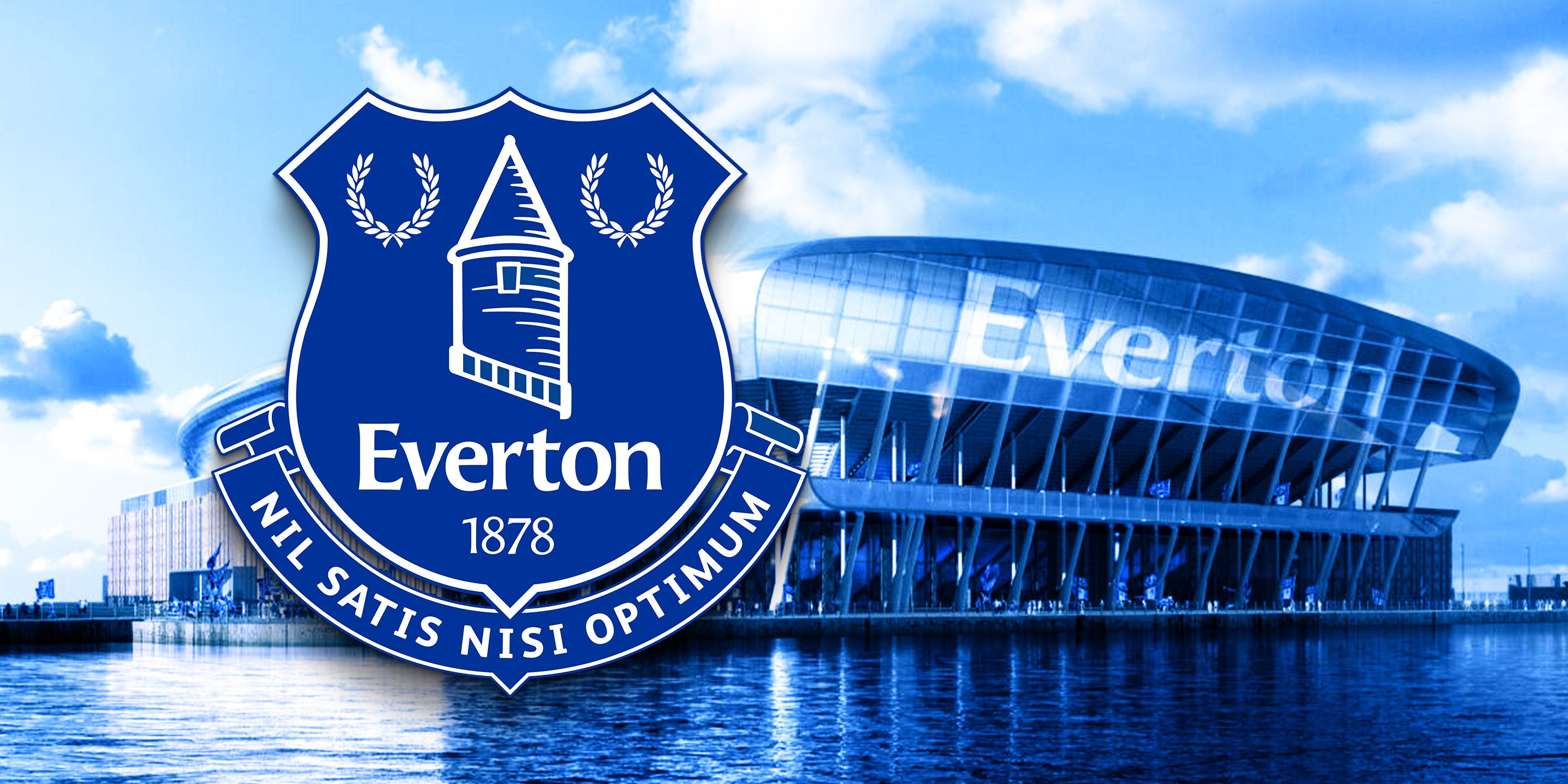
Related
New Everton Stadium: Design, Opening Date, Latest Developments and More
Everything you need to know about Everton’s new stadium and the latest developments on the ambitious Bramley Moore Dock project.
Everton were once the team to beat in the city but have since been overtaken by their rivals a short distance across Stanley Park – and those associated with the club, from players to fans, will be hoping that a location change could be the driving force behind a new era for the Evertonians. Because the side are yet to play a game there, it’s stationed at the bottom of the pile.
19 Vitality Stadium
Bournemouth
Bournemouth’s Vitality Stadium is seen by many as the worst Premier League stadium due to it having the smallest capacity in the English division. The Cherries are punching well above their weight on the pitch and the fans’ close proximity to the field is an advantage, but the noise still doesn’t compare to other grounds.
In all honesty, Bournemouth’s home wouldn’t look out of place in the Championship, and it wouldn’t come as a surprise to see the club look at either expanding the number of seats in the stadium or maybe even building a new venue to host their home matches if the financial power of the club can stretch to it.
18 Turf Moor
Burnley
For Burnley fans, there is no better place on earth than Turf Moor – a place they moved to in 1883, just nine months after they formed as a club. For those with zero connection to the Clarets, it is not looked at in the same regard and, instead, a stadium that will require a lot of attention before being compared to the very best.
Its low capacity (just north of the 20,000 mark) is the tip of the iceberg concerning Burnley’s ground, which had been planned to replace the old Cricket Field stand in 2007. Financial issues halted any development, and Turf Moor has remained the same since. Promotion to England’s top flight, however, could change that.
17 AMEX Stadium
Brighton & Hove Albion
Brighton have become one of the most exciting teams to watch in the Premier League, especially after they made it into European competition for the first time in the 2023/24 season. However, the AMEX Stadium may not quite be fitting for such a high-intensity and successful team.
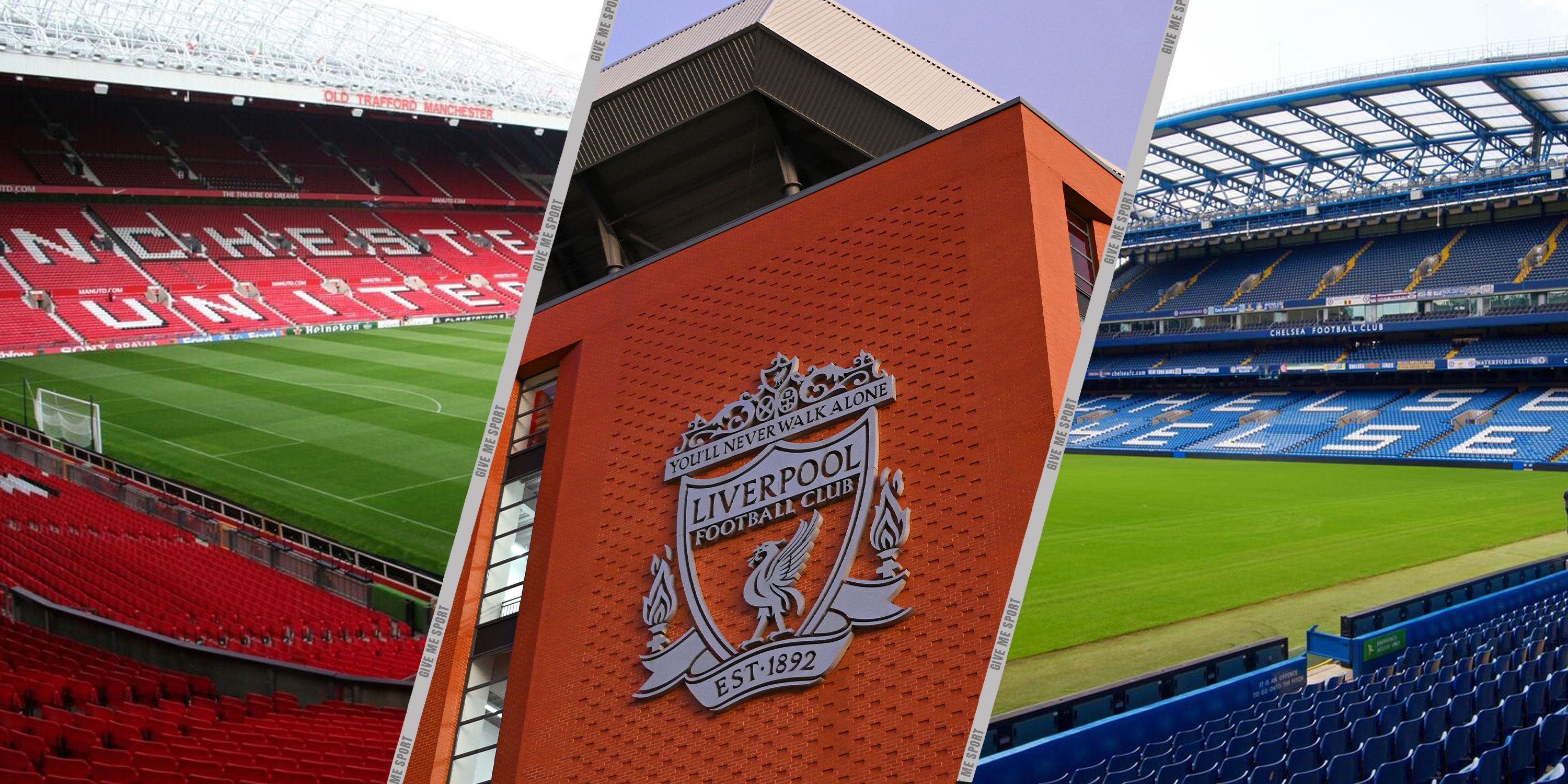
Related
Every Premier League Club’s Latest Stadium Plans (Complete Guide)
The latest on every Premier League club’s stadium and potential expansion plans, including Liverpool, Man Utd, Chelsea, Man City and more.
It became the Seagulls’ home in 2011 and, while it may not finish top of the class for atmosphere or capacity, the move to the AMEX Stadium was the start of their rise to the top of English football. It brought an end to a 16-year homeless spell and was the start of the club’s upward trajectory as they reached the Premier League within six years.
16 Craven Cottage
Fulham
Craven Cottage may have been home to a top-flight side for many years in the 21st century, but it isn’t among the top stadiums in the country. Despite the new state-of-the-art stand inside the ground, it still can’t compete with some of the other Premier League venues.
The small ground has become well-known for its lack of space in the changing rooms. One of the quirks of the stadium is that it is named after a cottage built by William Craven in 1780, which sits in one of the corners of the stadium. Pillars do obstruct the view for some fans, but the uniqueness of the construction works in Craven Cottage’s favour.
15 Selhurst Park
Crystal Palace
When discussing Premier League atmospheres, Crystal Palace could be right up there. Selhurst Park transforms into one of the loudest grounds in the country when the players work hard on the pitch. The passionate supporters are positioned extremely close to the pitch, which helps create an intimidating feeling for opposing players.
With plans to redevelop the stadium now that Palace have been established in the Premier League for over a decade, Selhurst Park could soon move further up this list, with £185 million expected to be spent on the work. If Oliver Glasner continues to inspire the team to perform as they did on the way to FA Cup glory, it could become a fortress that none of the big teams, in particular, enjoy visiting.
14 The City Ground
Nottingham Forest
The team that play their football inside the City Ground on a weekly basis may currently be at the same lofty heights they hit during the late 1970s, but the stadium is still one of the most recognisable in the UK. Nottingham Forest were once a force to be reckoned with under the legendary Brian Clough, winning two European Cups.
Not only does it look phenomenal inside its walls on match day, but the famous old stadium built on the banks of the River Trent is in a wonderful location. One of the main issues with the construction of the City Ground is that supporters have often complained about having pillars obstructing their view of the pitch.
Brentford
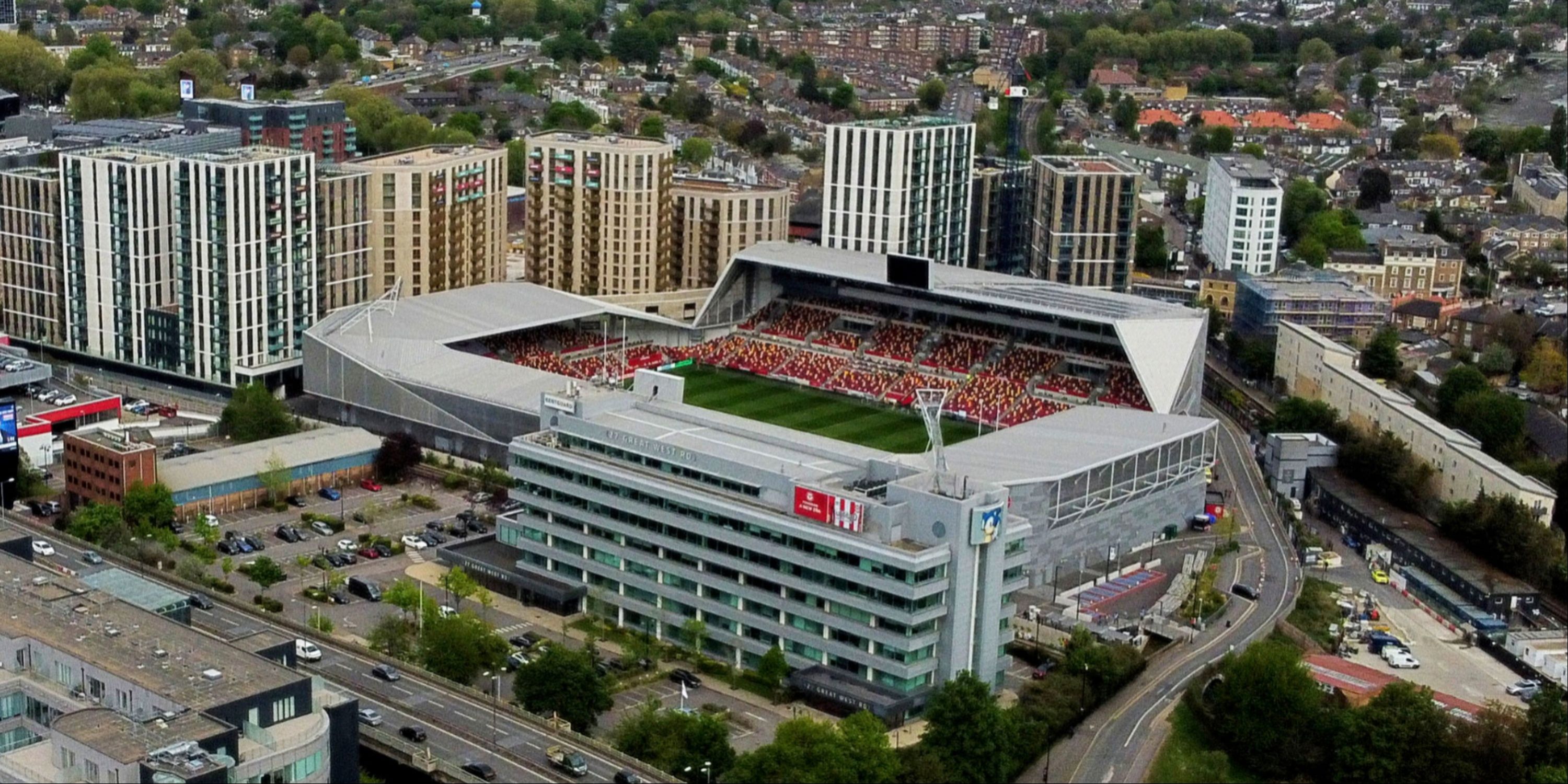
Brentford may be punching above their weight due to the history of the club and the small nature of their ground, but the Bees do boast the newest stadium in the Premier League currently. After leaving Griffin Park to move to the Gtech Community Stadium, which cost £71 million, the team started to match that ambition on the pitch by reaching the top flight.

Related
Europe’s 20 Best Stadiums Based on Atmosphere Named and Ranked by AI
From San Siro to the Nou Camp, AI has named and ranked the top 20 stadiums based on how atmospheric they are on match days.
Thomas Frank’s men use the vocal 17,000 fans inside the ground to make it as daunting as possible for any away sides visiting in the Premier League. The stadium is easily accessible via public transport and is cleverly constructed to fit the area of land it sits on.
12 London Stadium
West Ham United
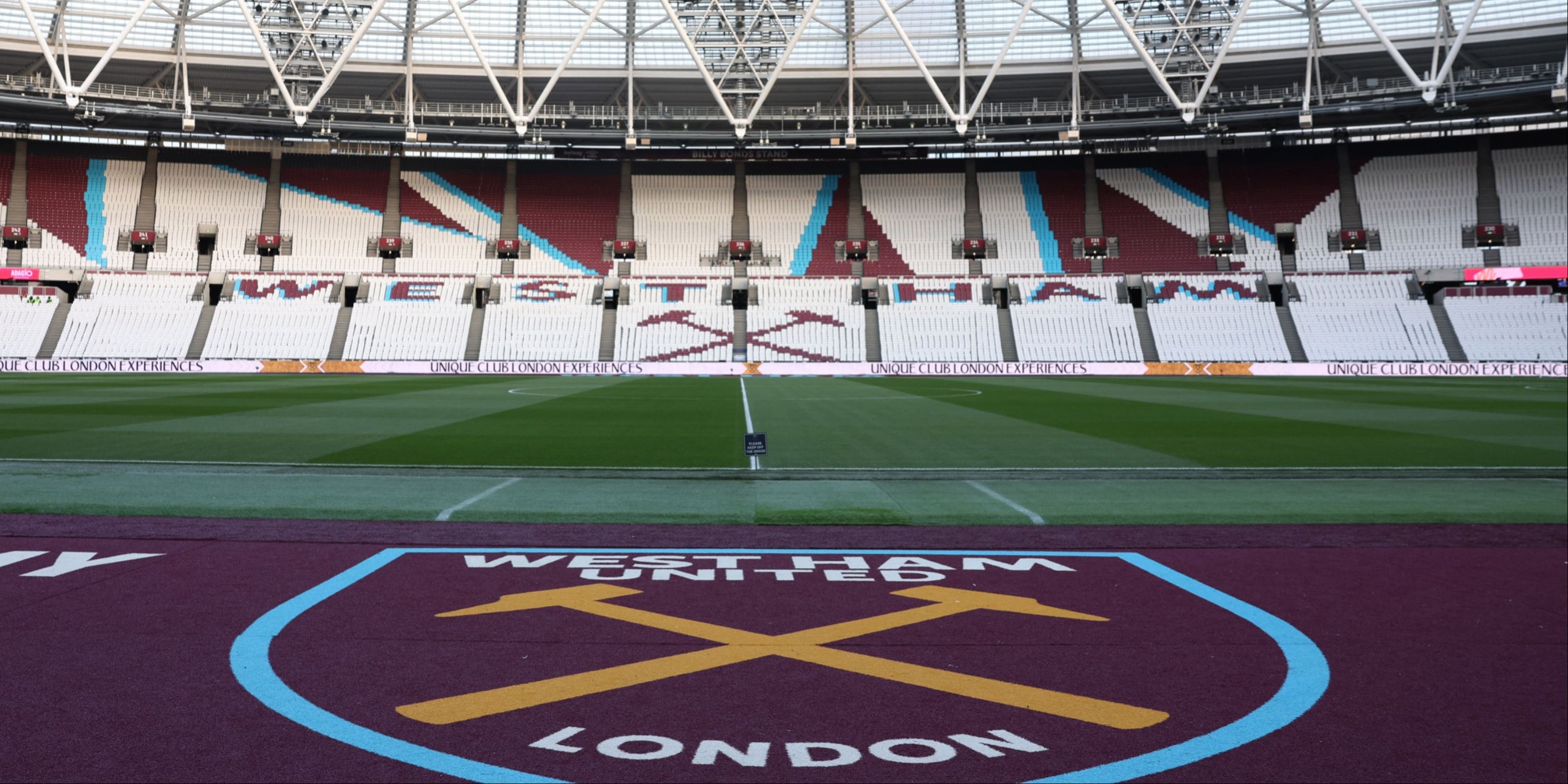
Another one of the more modern grounds is West Ham United’s London Stadium. Initially used for the London Olympics in 2012, it has taken quite some time for Hammers fans to feel at home in the bowl-shaped stadium. Everyone will remember the early days when poor performances on the pitch coincided with pitch invasions and protests.
The tapestry within the walls has made it feel more like a West Ham ground rather than a generic stadium, with the men in claret and blue merely being tenants. It may not match up to the legendary Boleyn Ground in the eyes of many supporters, but the increased capacity does help the Irons feel like a bigger club in general, with some memorable nights already being played out in the east London ground.
11 Stadium of Light
Sunderland
When the Stadium of Light is rocking at its very best, there are very few stadiums on English shores that can match the noise made by the Sunderland fans. The Black Cats played at Roker Park until 1997, the year when their current 49,000-seater was built and unveiled as their new stomping ground.
Interestingly, the stadium design allows for further expansion – but whether that is on the cards for the now-Premier League outfit remains to be seen. What makes the Stadium of Light so brilliant is its accessibility: it’s a short, 15-minute walk from the main city centre/Sunderland’s primary railway station.







